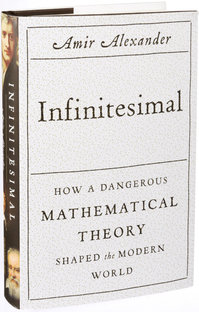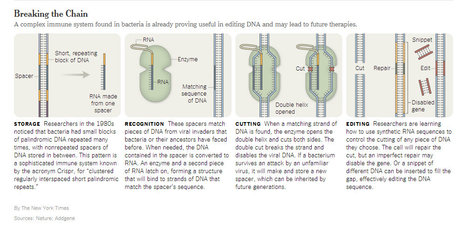(p. A3) Scientists have identified the largest flying bird ever found–an ungainly glider with a wingspan of 21 feet or more that likely soared above ancient seas 25 million years ago.
Until now, though, it was a bird that few experts believed could get off the ground. By the conventional formulas of flight, the extinct sea bird–twice the size of an albatross, the largest flying bird today–was just too heavy to fly on its long, fragile wings.
But a new computer analysis reported Monday [July 7, 2014] in the Proceedings of the National Academy of Sciences shows that the bird apparently could ride efficiently on rising air currents, staying aloft for a week or more at a stretch.
. . .
“You have to conclude that this animal was capable of flapping its wings and taking off, even though it is much heavier than the theoretical maximum weight of a flapping flying bird,” said Luis Chiappe, an expert on flight evolution at the Los Angeles County Natural History Museum, who wasn’t involved in the project. “Our modern perspective on the diversity of flight is rather narrow,” he said. “These were very unique birds.”
. . .
“This was a pretty impressive creature,” said avian paleontologist Daniel T. Ksepka at the Bruce Museum in Greenwich, Conn., who conducted the analysis of the bird’s biomechanics. “Science had made a rule about flight, and life found a way around it.”
For the full story, see:
ROBERT LEE HOTZ. “U.S. NEWS; Giant Bird Was Able to Fly, Scientists Find; Computer Analysis Shows Ancient Glider Could Get Off the Ground, Defying Conventional Theories of Flight.” The Wall Street Journal (Tues., July 8, 2014): A3.
(Note: ellipses, and bracketed date, added.)
(Note: the online version of the article has the date July 7, 2014.)



